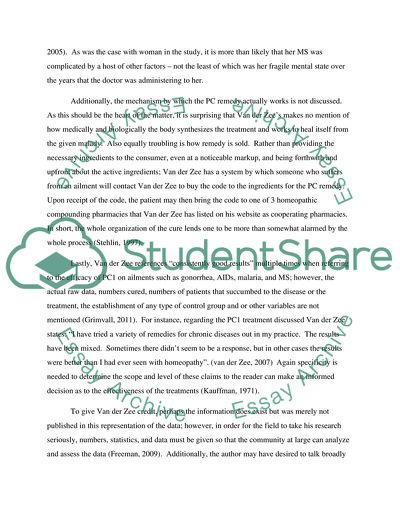Cite this document
(Analysis of Complementing the Simillimum in Chronic Diseases: A Case Essay, n.d.)
Analysis of Complementing the Simillimum in Chronic Diseases: A Case Essay. https://studentshare.org/health-sciences-medicine/1779024-homeopathy-degree-research-methods-module-evaluation-assignment
Analysis of Complementing the Simillimum in Chronic Diseases: A Case Essay. https://studentshare.org/health-sciences-medicine/1779024-homeopathy-degree-research-methods-module-evaluation-assignment
(Analysis of Complementing the Simillimum in Chronic Diseases: A Case Essay)
Analysis of Complementing the Simillimum in Chronic Diseases: A Case Essay. https://studentshare.org/health-sciences-medicine/1779024-homeopathy-degree-research-methods-module-evaluation-assignment.
Analysis of Complementing the Simillimum in Chronic Diseases: A Case Essay. https://studentshare.org/health-sciences-medicine/1779024-homeopathy-degree-research-methods-module-evaluation-assignment.
“Analysis of Complementing the Simillimum in Chronic Diseases: A Case Essay”. https://studentshare.org/health-sciences-medicine/1779024-homeopathy-degree-research-methods-module-evaluation-assignment.


